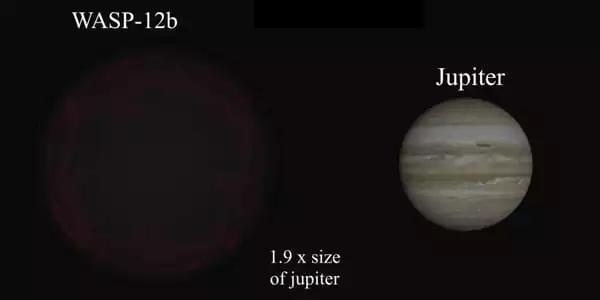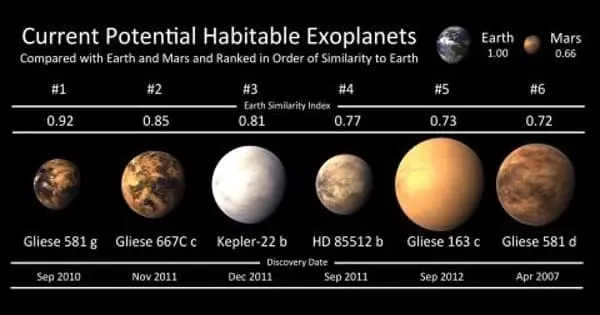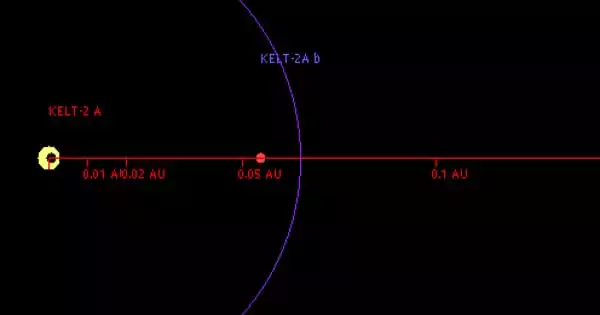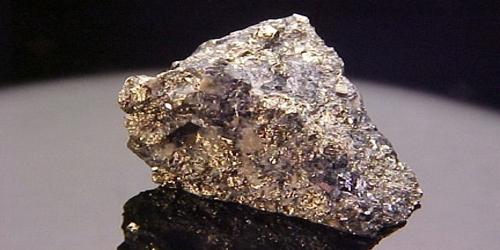In 2018, a dust storm enveloped Mars, destroying a cold air vortex encircling the planet’s south pole and bringing an early spring to the hemisphere. In the northern hemisphere, however, the storm only generated minor polar vortex distortions and no significant seasonal changes. The findings will be presented today (23 July) at the virtual National Astronomy Meeting (NAM 2021) by Dr Paul Streeter of The Open University’s Faculty of Science, Technology, Engineering, and Mathematics.
Localized dust storms merged and expanded over two weeks in early June 2018, forming an impenetrable covering of dust that obscured nearly the entire planet’s surface. The worldwide dust storm, which lasted until mid-September and coincided with Mars’ equinox, killed NASA’s solar-powered Opportunity rover.
Streeter and colleagues from The Open University, NASA, and the Russian Academy of Sciences combined data from a Mars Global Climate Model with observations from the European Space Agency/Roscosmos ExoMars Trace Gas Orbiter and NASA’s Mars Reconnaissance Orbiter missions to study the effects of the event on the martian atmosphere.
Dr Streeter said: “This was a perfect opportunity to investigate how global dust storms impact the atmosphere at the martian poles, which are surrounded by powerful jets of wind in winter. Several new missions and equipment have arrived in Mars orbit since the previous global storm in 2007, making the 2018 event the most well-observed to date.”
High amounts of dust in the atmosphere have been proven to have a substantial impact on polar temperatures and winds in previous studies. Temperatures, as well as the flow of air, dust, water, and chemicals, are affected by the vortices near the winter poles, thus their disturbance might result in significant changes in the martian atmosphere.
The researchers discovered that the 2018 storm had vastly different impacts in each hemisphere. Temperatures increased and wind speeds decreased drastically at the south pole, where the vortex was nearly obliterated. While the vortex may have begun to degrade with the arrival of spring, the dust storm appears to have had a major impact on the early end of winter.
The northern polar vortex, on the other hand, stayed steady, and fall arrived in the normal rhythm. The storm, on the other hand, caused the typically elliptical northern vortex to become more symmetrical. The researchers attribute this to the high dust content in the atmosphere dampening atmospheric waves generated by the northern hemisphere’s severe morphology, which includes volcanoes twice the height of Mount Everest and craters as deep as terrestrial mountains.
Dr Streeter added: “Global dust storms at equinox may enhance transport into the southern pole due to the diminished vortex, while the more robust northern vortex continues to act as an effective barrier. If this pattern of global dust storms persists throughout the millions of years that Mars has maintained its axial tilt, it has consequences for how dust is deposited in the planet’s north and south poles, as well as our knowledge of the planet’s climatic history.”
















